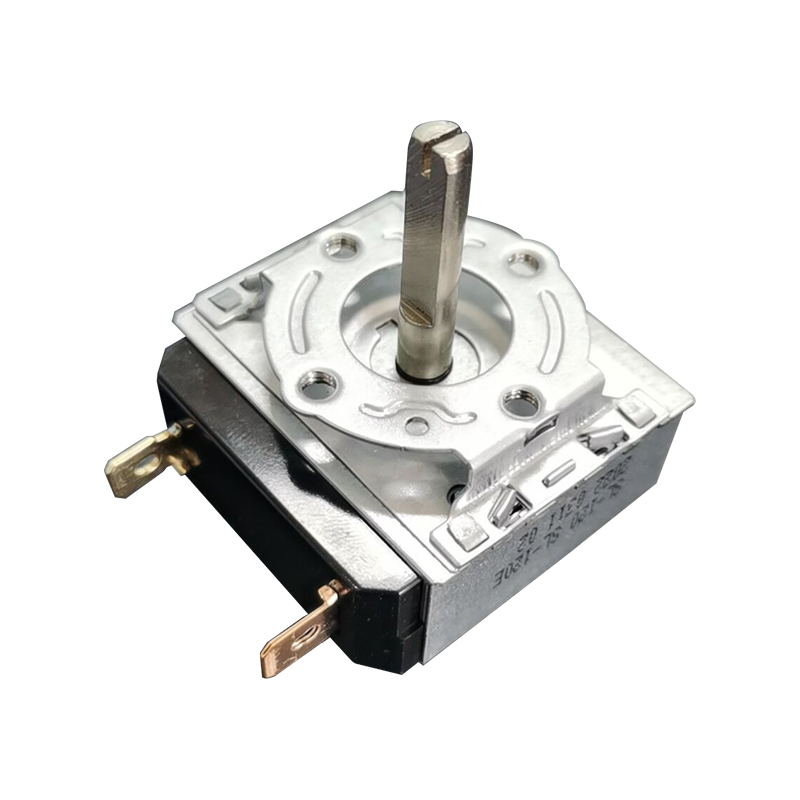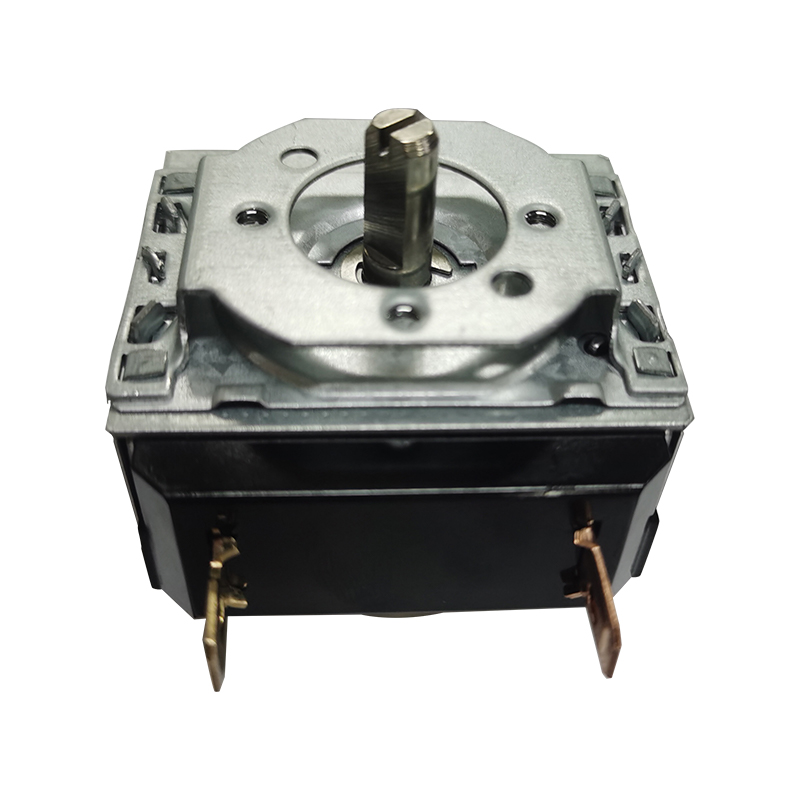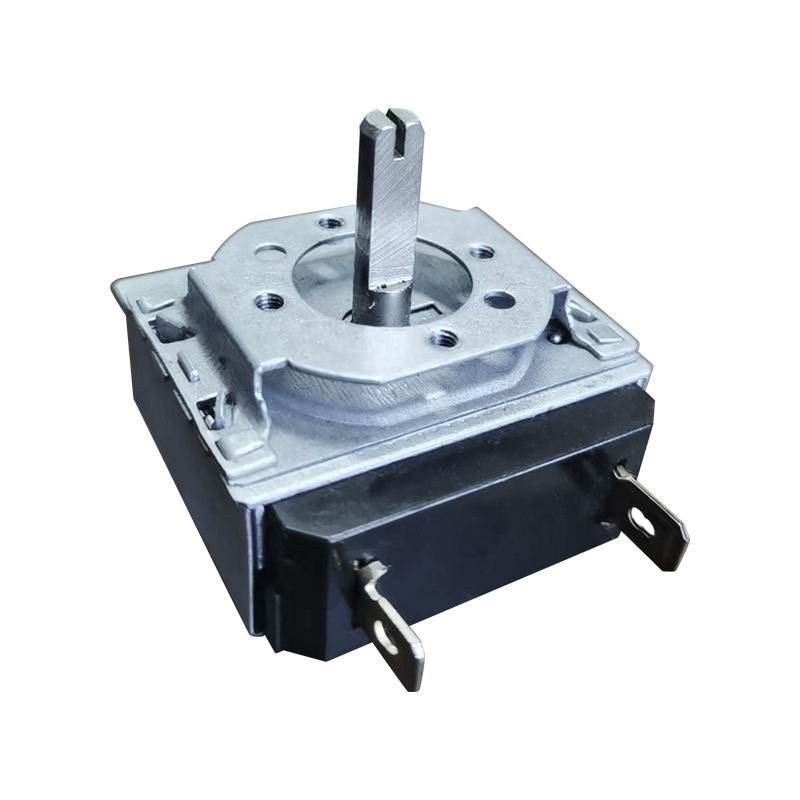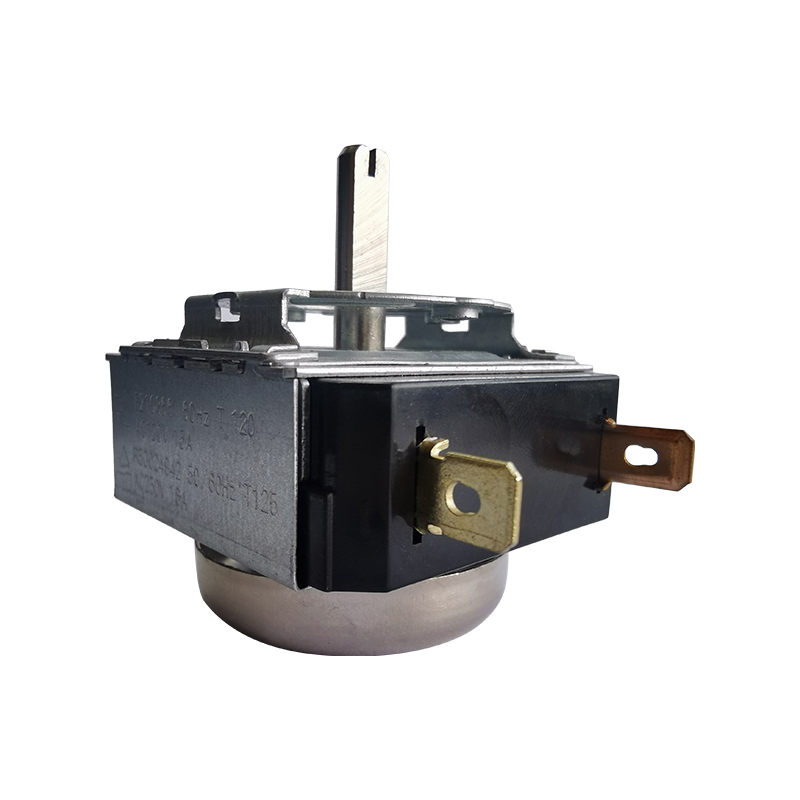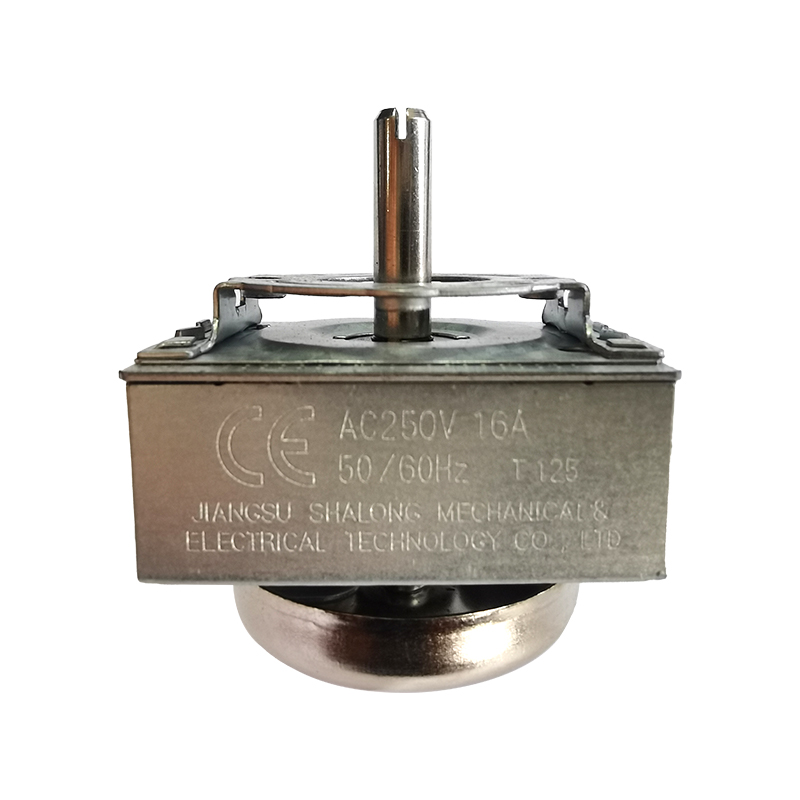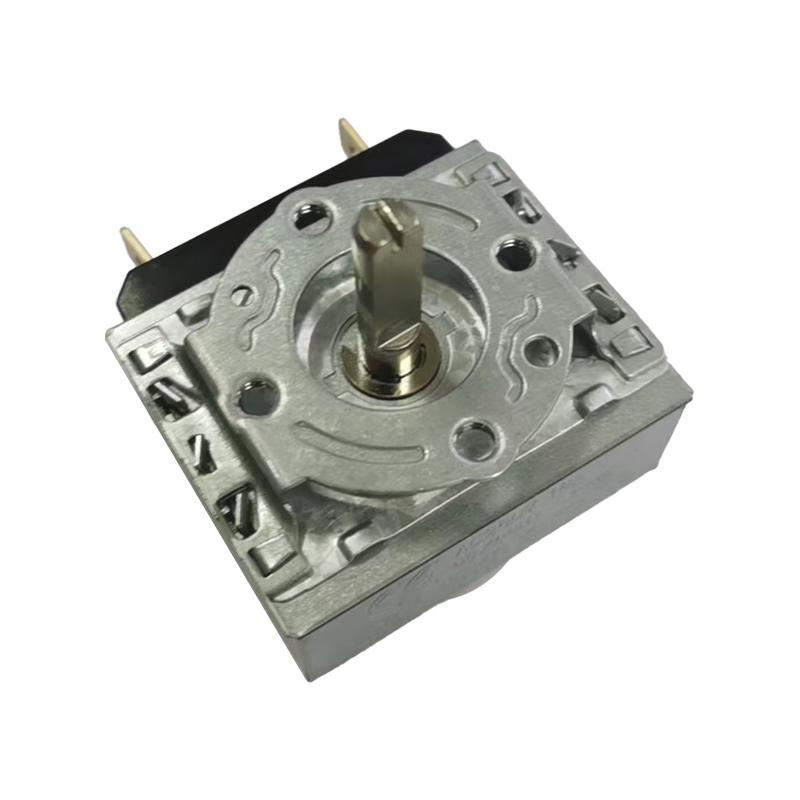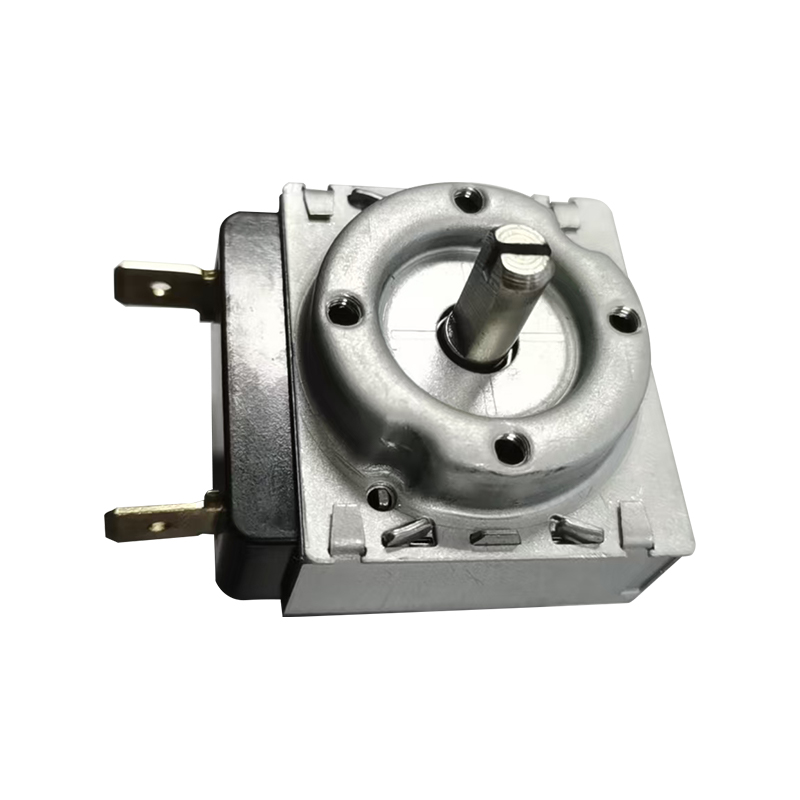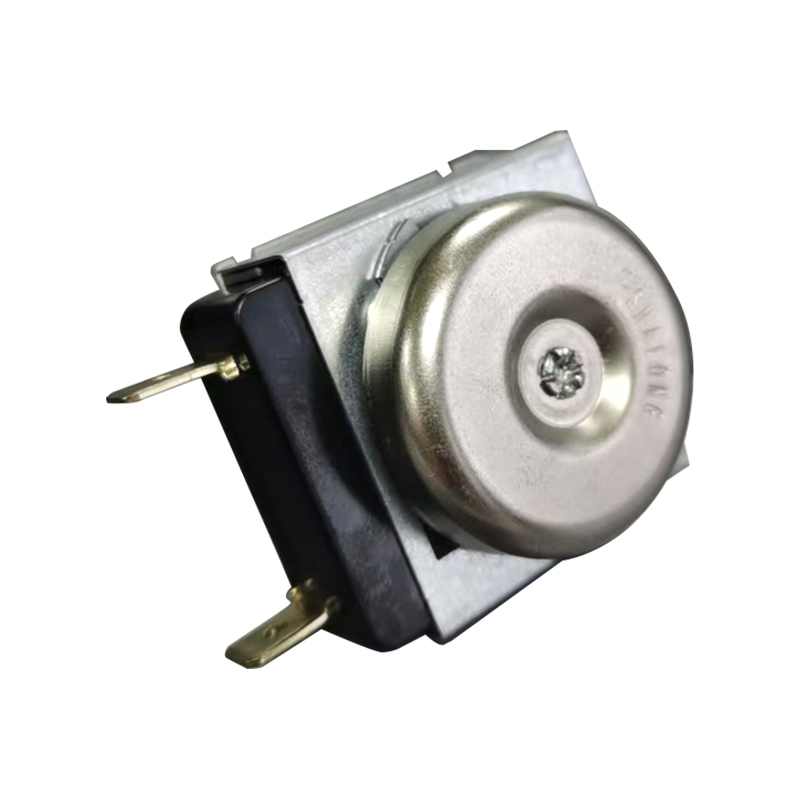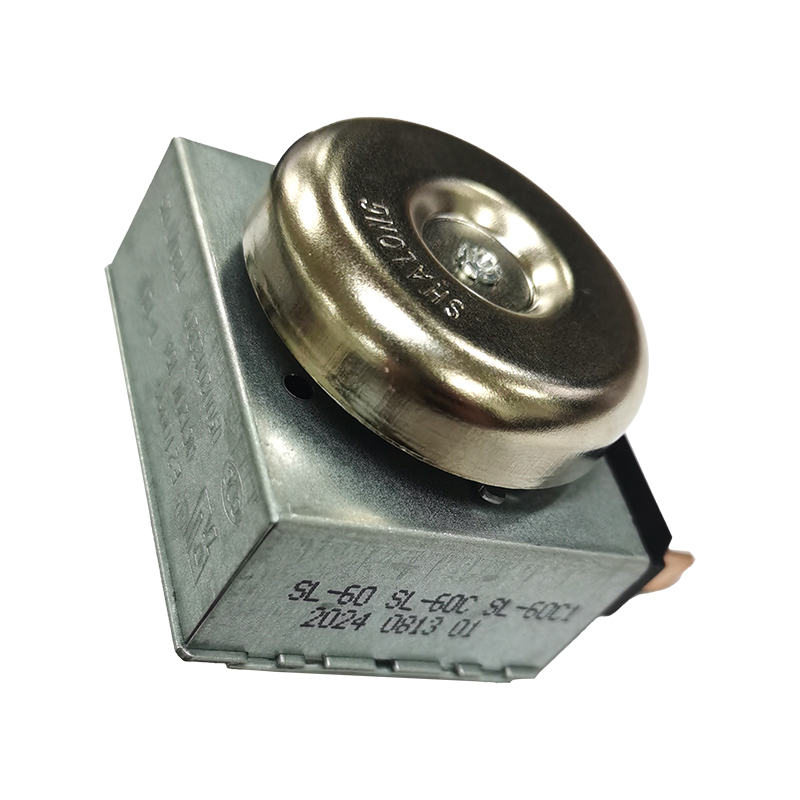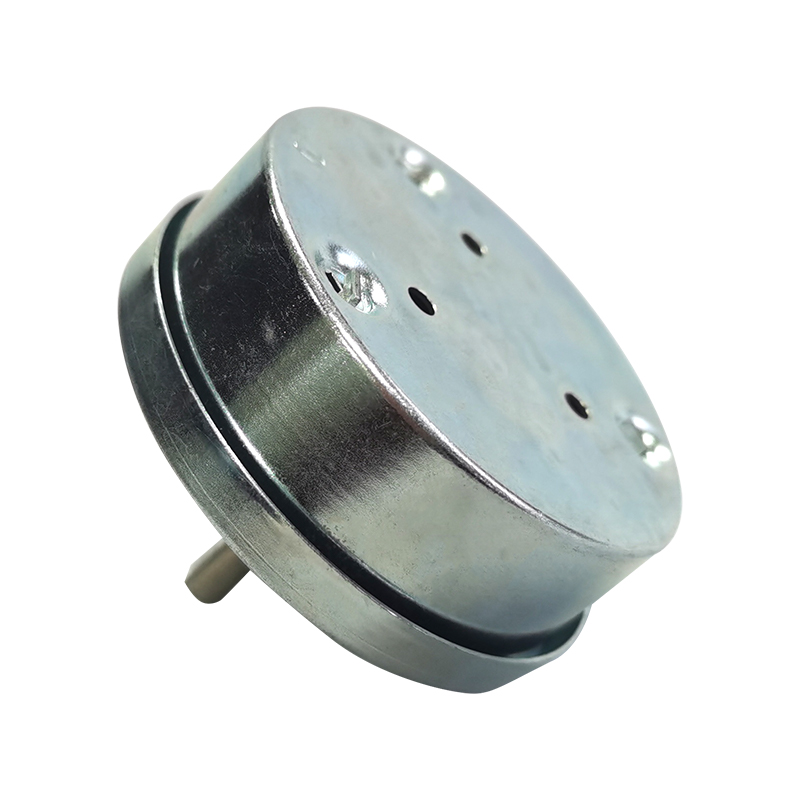Commercial kitchen equipment needs to meet the production requirements of high-intensity and continuous operation, and its design needs to take into account efficiency, durability and stability. Taking deep fryers as an example, commercial scenarios require equipment to operate stably for a long time at high temperatures, while withstanding frequent starts and stops, oil erosion and high-intensity cleaning. The performance requirements of such equipment for supporting components are much higher than those for home scenarios, and they must have characteristics such as high temperature resistance, wear resistance and long life.
The Deep Fryer High-Temperature-Resistant Metal Mechanical Timer is made of high temperature resistant metal material, and its operating temperature range of -10°C to +125°C far exceeds the needs of home use. When commercial deep fryers are in continuous operation, the surface temperature of the equipment may approach or exceed 100°C, and the metal material can avoid high temperature deformation or performance degradation. In commercial kitchens, deep fryers often share space with ovens, steamers and other equipment. The timer needs to adapt to complex thermal environments, and the uniformity of thermal conductivity of metal materials can ensure the stable operation of internal components.
Meet the high-power circuit control requirements of commercial deep fryers to ensure that the contacts do not stick or heat up at the moment of startup or during long-term operation. It supports multi-device linkage control commonly seen in commercial equipment (such as communication with temperature control systems and automatic discharging devices), and its high voltage capacity can avoid malfunctions caused by signal interference or voltage fluctuations.
Mechanical timers have no electronic components and are more resistant to oil and electromagnetic interference, making them suitable for high humidity and strong electromagnetic environments in commercial kitchens. No batteries or complex circuits are required, the failure rate is lower than that of electronic timers, and maintenance only requires the replacement of mechanical parts, which meets the needs of "quick repair" of commercial equipment. The counterclockwise design may be consistent with the standardized operating procedures of commercial deep fryers, reducing the learning cost of operators. In automated production lines, counterclockwise rotation may match the mechanical transmission direction, making it easier to synchronize control with conveyor belts, stirring devices, etc.
Household deep fryers are used 1-2 times a week for 1-2 hours each time; commercial equipment may run 8-12 hours a day and work continuously for several months without rest. Timers need to adapt to this high-intensity usage mode. The frequency of cleaning in household scenes is low, and there is less accumulation of oil and dirt; commercial kitchens require daily deep cleaning, and timers need to be splash-proof and resistant to chemical detergents. Commercial equipment must meet stricter safety standards, and timers must have overcurrent protection, anti-accidental touch design, etc., while home equipment usually relies on user operating specifications.



 English
English 中文简体
中文简体